Whizzing by the restaurant deck of Toronto’s CN Tower at 120 knots in a Piper Navajo – the culmination of two months of preparation for a 15-minute project – paid off in spades. Flying this close to urban obstacles is generally not permitted under existing air regulations. Airborne Sensing routinely obtains permits from the governing authorities while ensuring that your projects are carried out safely and unobtrusively. The working in and out of restricted airspace is fascinating inasmuch as the very real regulatory boundaries only exist in virtual space. The image here shows a rendering of the restrictions near Toronto’s waterfront, where the approach path to the City Centre Airport is shown in 3D, along with the geospatial relationship to the regulatory restrictions preventing aircraft from flying too close to the buildings in the downtown core.
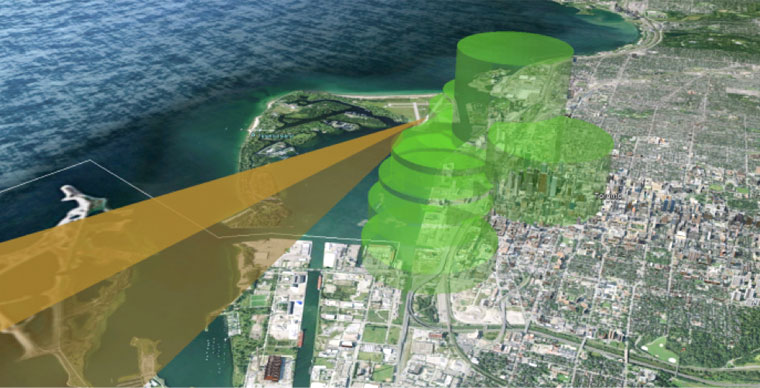
Such a rendering makes the obstruction zones obvious, but this virtual space must be respected without actually seeing this 3D space. As a pilot, I have been trained to read and follow aeronautical charts, which are developed to keep aircraft out of restricted airspaces. The restrictions include physical structures and political boundaries. To provide another concrete example, the following chart depicts the airspace around El Paso, Texas. In order to provide imagery of the city of El Paso, the flight area would extend past the municipal boundary and across the Mexican border. In order to provide such imagery, Airborne Sensing, like any other aviation company, must apply to the Mexican government for the appropriate permits, a process that can take months to complete.
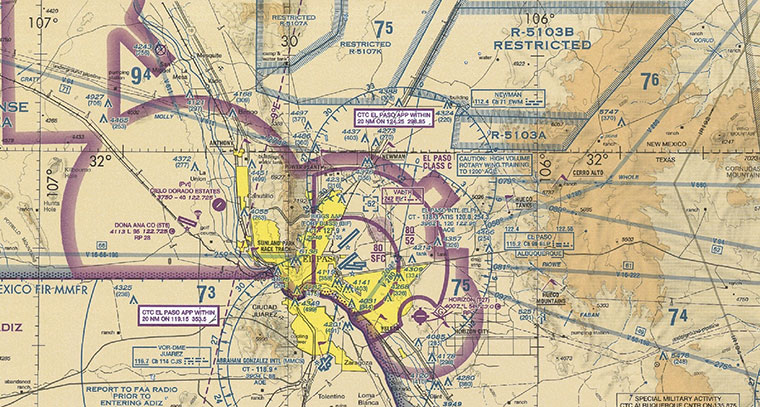 This aviation sectional of El Paso, TX, shows the Mexican border to the south west. The city limits of El Paso, shown in yellow, continue right to the edge of that border, demanding very careful navigation and communication on the part of our pilots.
This aviation sectional of El Paso, TX, shows the Mexican border to the south west. The city limits of El Paso, shown in yellow, continue right to the edge of that border, demanding very careful navigation and communication on the part of our pilots.
Suffice it to say that our clients are interested in getting the job done on time and on budget. They rely on us to obtain whatever kind of access is needed. Airborne Sensing’s expertise in gaining access to restricted airspaces can be a critical piece of the puzzle when it comes to ensuring your projects are completed within your specifications. In addition to following established procedures to gain access to these restricted airspaces, ASC puts a considerable amount of effort into training our crews. This extra effort ensures that they conduct themselves professionally, once they have gained access to those spaces. As the closing speeds of aircraft to airspace boundaries can be as high as 450 km/hr, communications and movement procedures need to be precise. Airborne Remote Sensing is acknowledged as one of the most benign and unobtrusive means of studying and measuring the earth’s surface. At ASC, the background work that we do to make things work for you is part of how we aim to keep it that way.
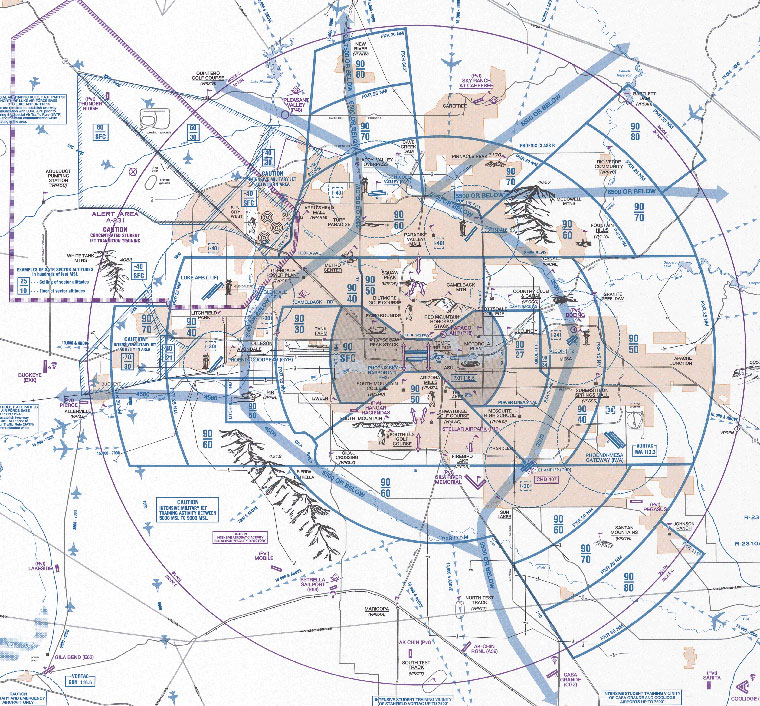
The area around Glendale, AZ is another excellent example of the multiplicity of restrictions that can exist and overlap in an airspace. Here, pilots must be aware of the White Tank mountains to the west of the airport, a student jet training area off the end of the runway to the north, and Litchfield stadium (the site of this year’s Superbowl) to the east, each of which can offer a variety of challenges to our aircrew.
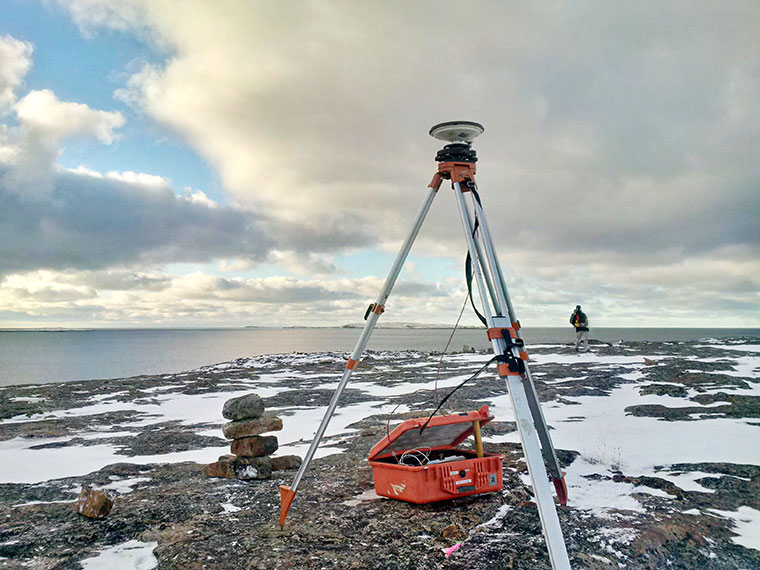
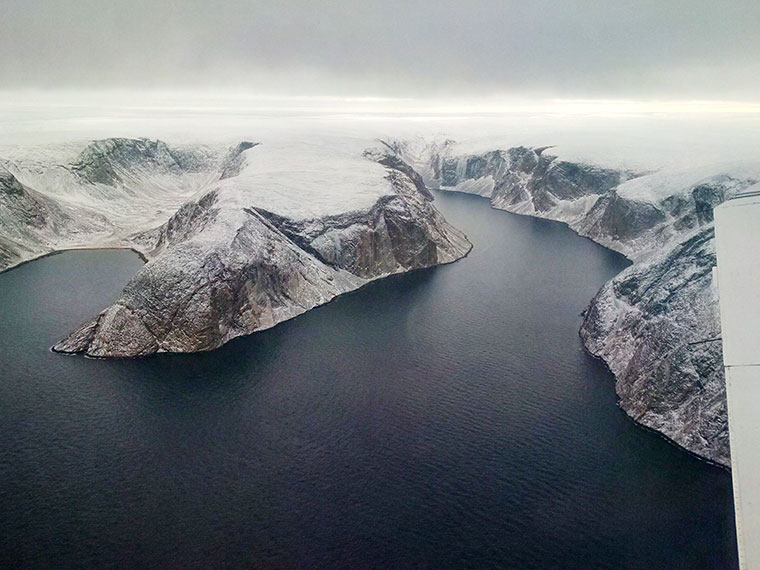
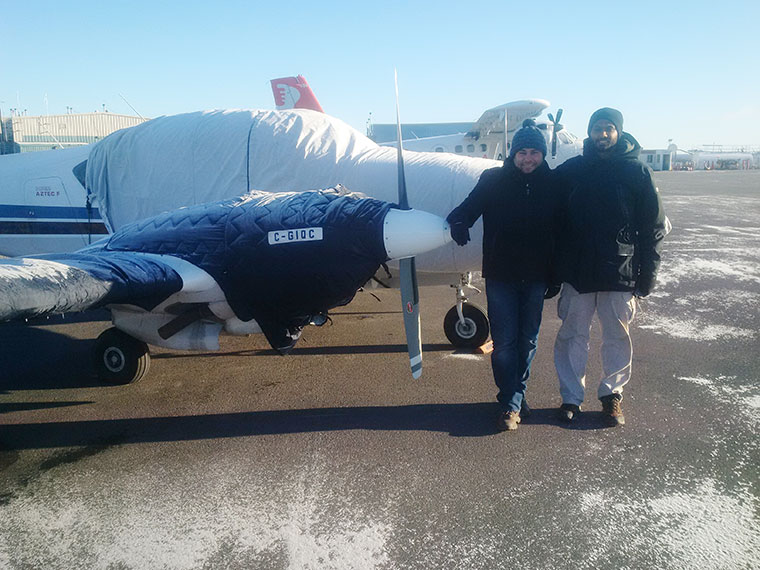

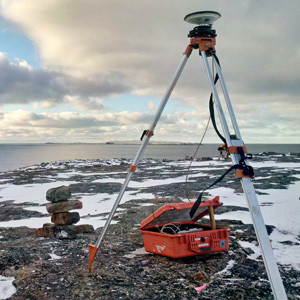


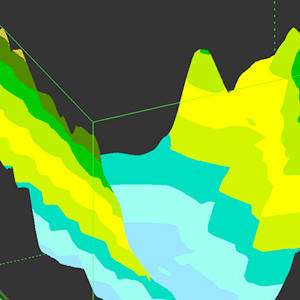

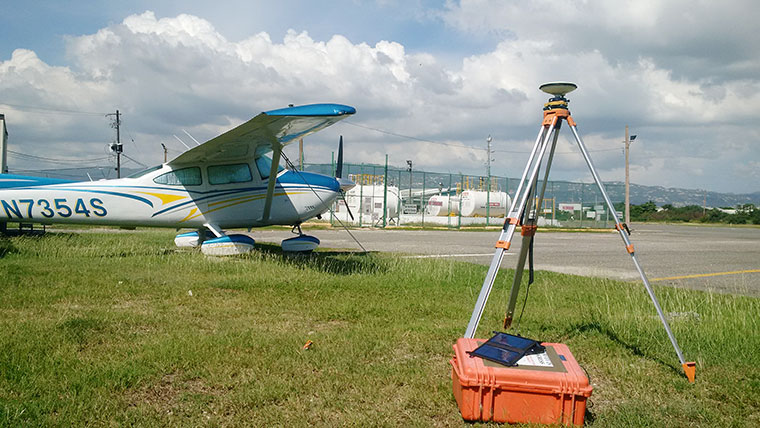

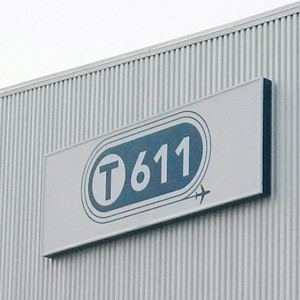
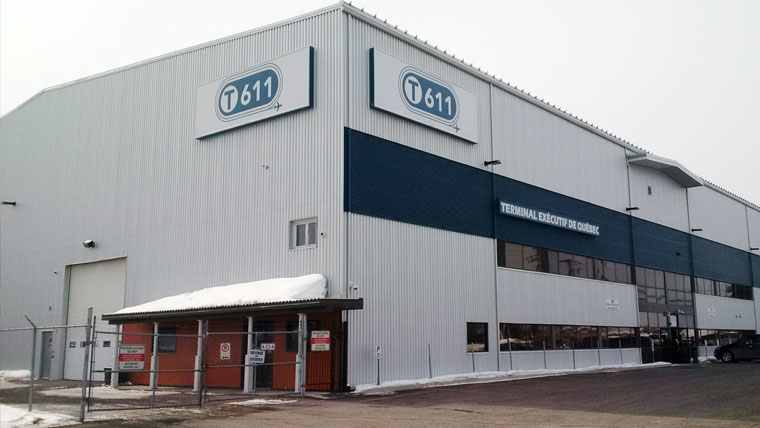
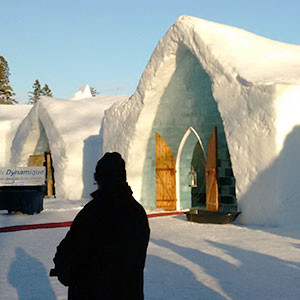
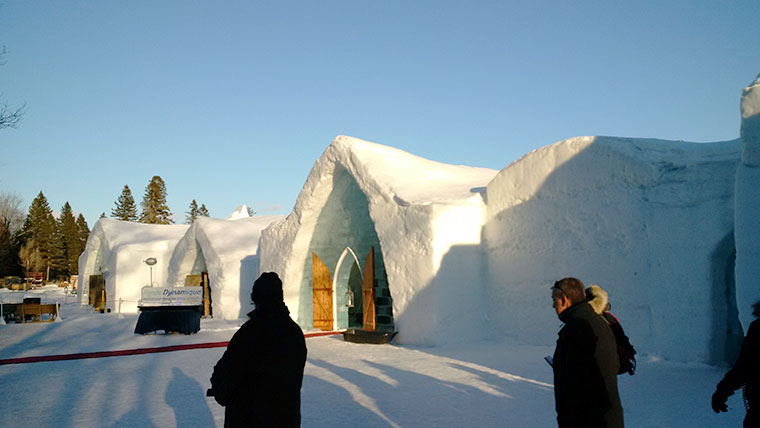
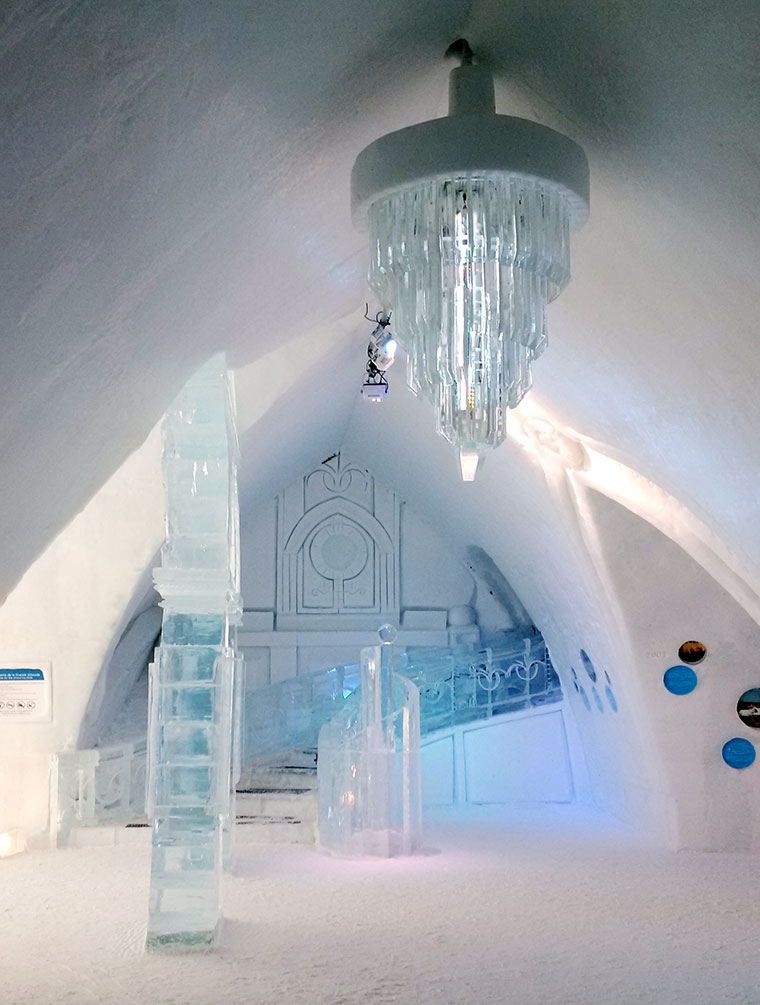



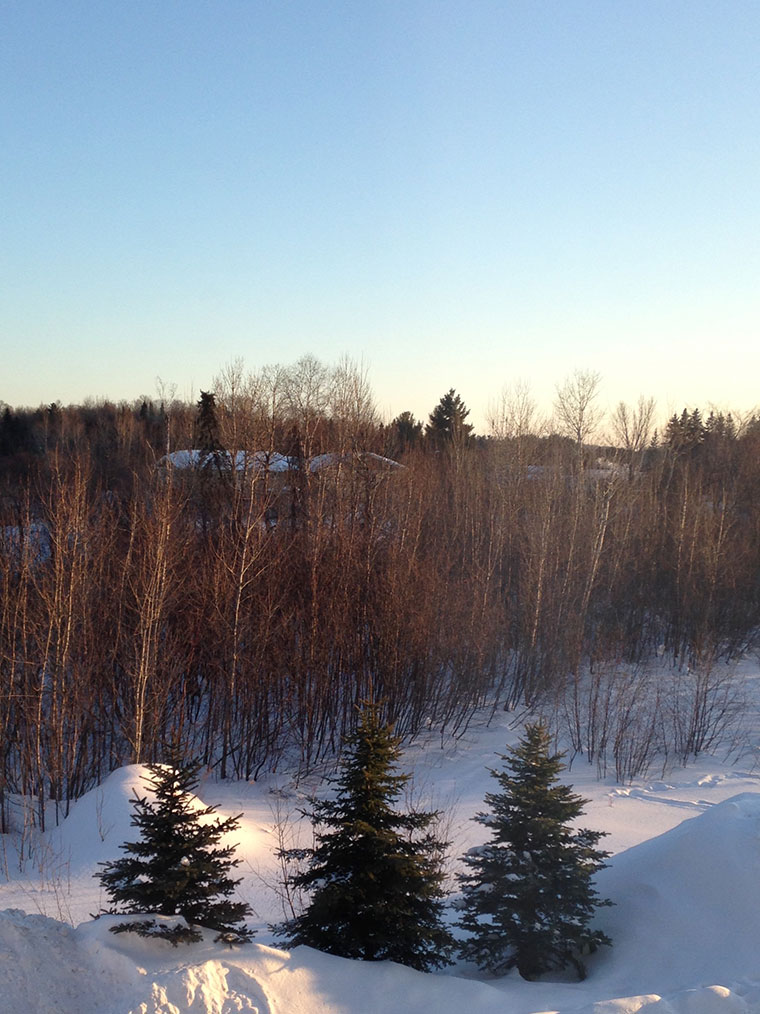


 This aviation sectional of El Paso, TX, shows the Mexican border to the south west. The city limits of El Paso, shown in yellow, continue right to the edge of that border, demanding very careful navigation and communication on the part of our pilots.
This aviation sectional of El Paso, TX, shows the Mexican border to the south west. The city limits of El Paso, shown in yellow, continue right to the edge of that border, demanding very careful navigation and communication on the part of our pilots.